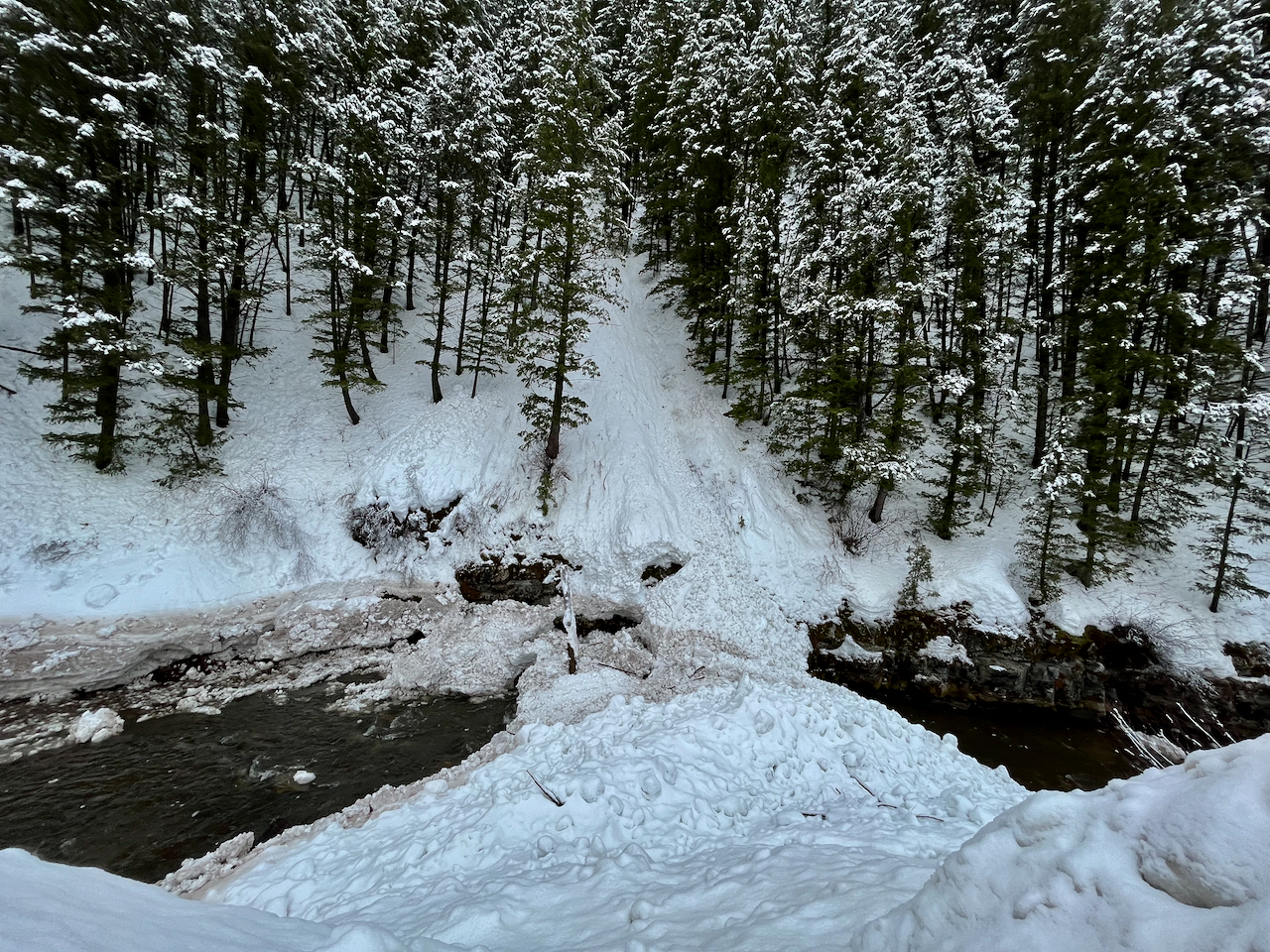Forecast for the Logan Area Mountains

Issued by Toby Weed on
Wednesday morning, March 15, 2023
Wednesday morning, March 15, 2023
Rain is falling, natural avalanches are occurring, and there is HIGH danger of loose wet avalanches on lower elevation slopes this morning. Dangerous conditions also exist on drifted upper and mid elevation slopes where people could trigger large cornice falls and/or 1 to 3-foot-thick slab avalanches. Periods of heavy snow, and drifting from sustained strong west-southwest winds will to continue to elevate the danger.
The danger could to rise to HIGH in drifted terrain at upper elevations, long running natural avalanches entraining big piles of heavy wet snow are a concern, and people should avoid travel in avalanche terrain including avalanche paths and runouts. Stay off and well out from under slopes steeper than 30°

Low
Moderate
Considerable
High
Extreme
Learn how to read the forecast here






 A recent natural wet avalanche crossed the Logan River below Temple Fork near the Blind Hollow TH
A recent natural wet avalanche crossed the Logan River below Temple Fork near the Blind Hollow TH Roller Balls and pinwheels like these on the River Trail indicate potential for wet avalanches.
Roller Balls and pinwheels like these on the River Trail indicate potential for wet avalanches.